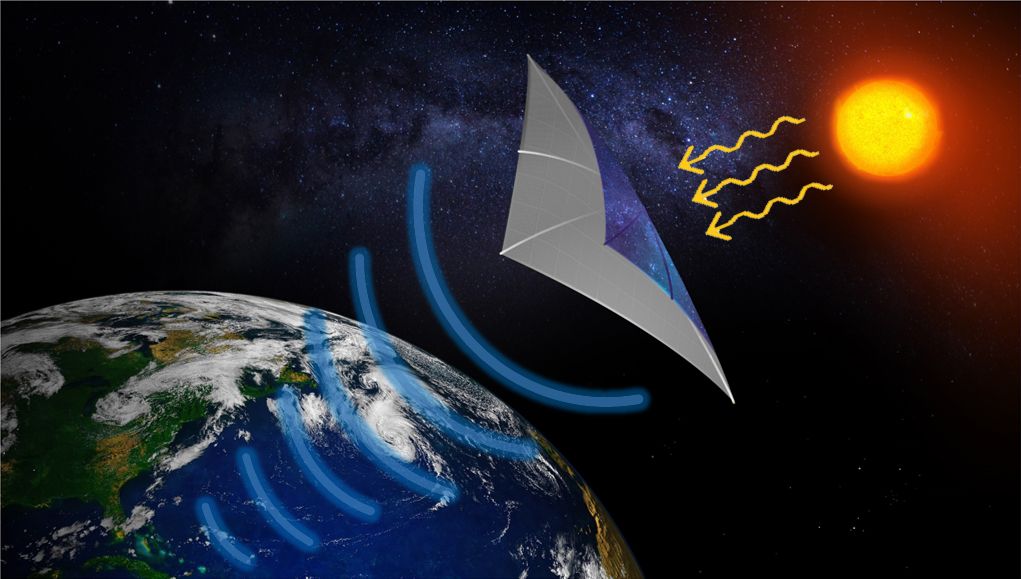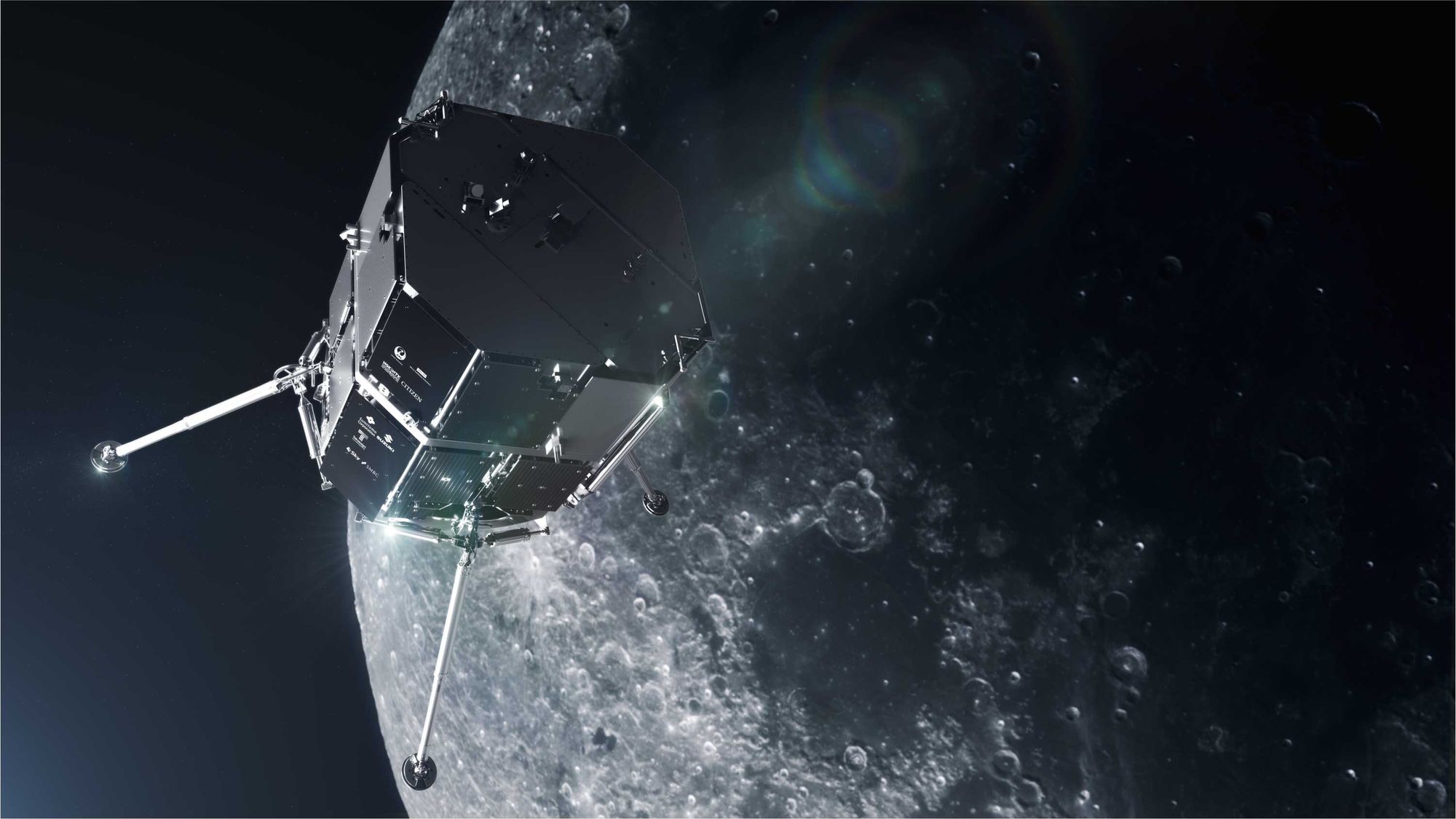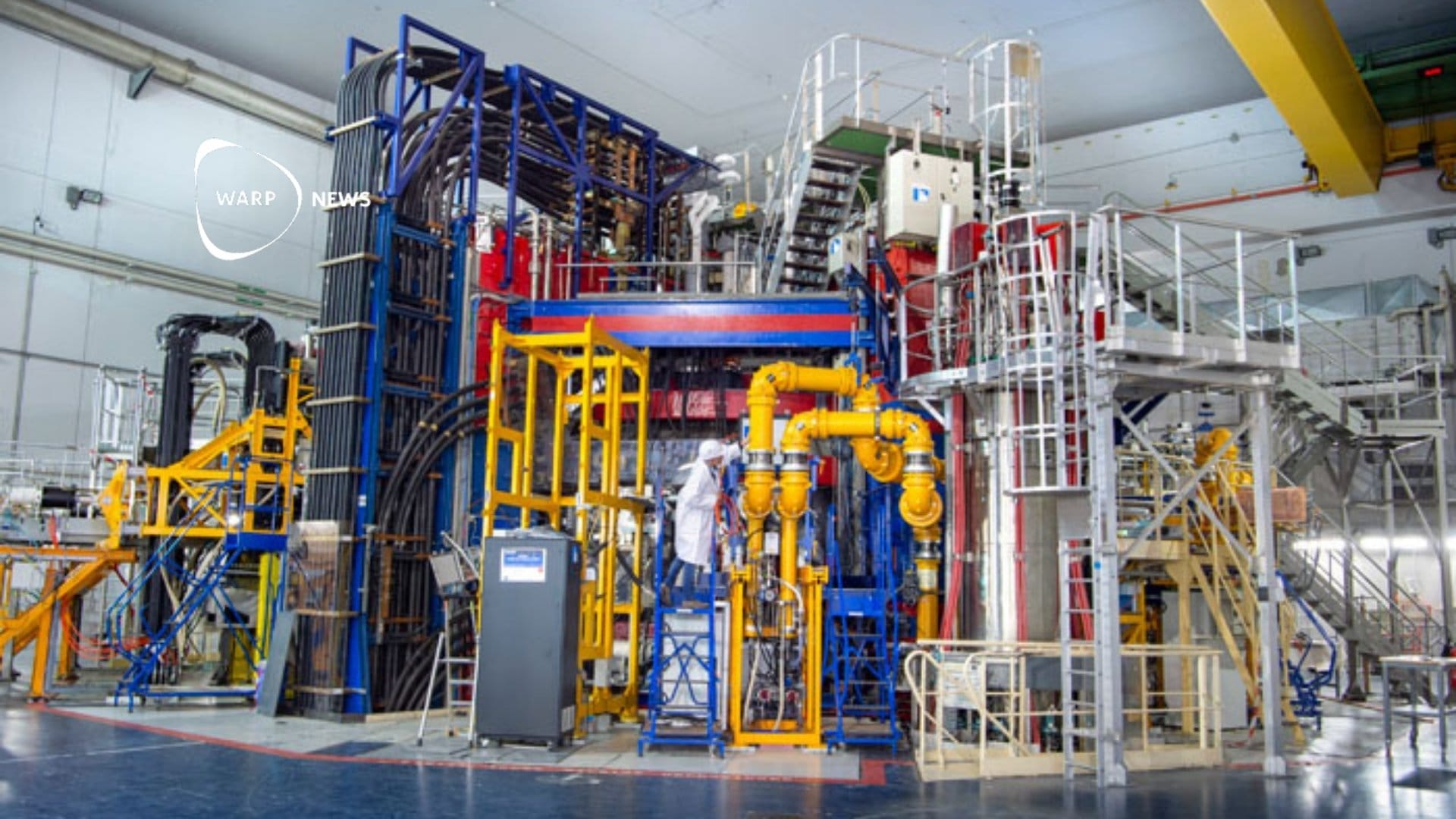
☀ UK initiative aims to make space-based solar a reality by 2035
Fifty organizations are teaming up to provide cost-effective and reliable renewable energy that takes up little space.
Share this story!
An essential part of making a green transition is to supply sufficient electricity to phase out fossil energy. There are, however, drawbacks to each of the traditional renewable energy sources. Wind, hydro and solar power depend on the weather, and two of the above mentioned alter the environment, either aesthetically or in terms of animal life.

A means of mitigating these issues that we've previously covered is space-based solar power. Potentially, this technology could provide continuous and clean energy and much lower land usage than current technologies. The United States military is pursuing the solution to simplify logistics in hostile territory.
It would now seem that they're not alone pursuing this promising concept. The Space Energy Initiative currently consists of fifty participants, including universities and companies who aim to tackle this specific challenge.
"Achieving Net Zero emissions is incredibly important but poses immense challenges, and we urgently need to develop this kind of ambitious energy technology if we are to achieve a sustainable clean energy future. We warmly welcome the Government’s vision and support to establish the UK as one of the leading nations developing Space Based Solar Power. We look forward to working closely with the Government and with international partners to turn this vision into a practical reality within the next two decades", said Martin Soltau, Co-Chair of the Space Energy Initiative.
Space Energy Initiative has now formulated a plan based on an engineering study commissioned by the UK government and executed by Frazer-Nash. This 12-year plan aims to have a demonstrator in orbit by 2035.
At a recent space conference, Soltau said that the technology to make space-based solar plants already exists and the scale's main challenge. Indeed, the demonstrator will be kilometers across and generate 3.4GW.
Power is transferred using RF microwave radiation, which can move 85 percent of the generated energy to the ground. If successful, hopes are to create whole constellations of these satellites.

By becoming a premium supporter, you help in the creation and sharing of fact-based optimistic news all over the world.



